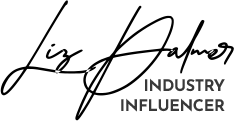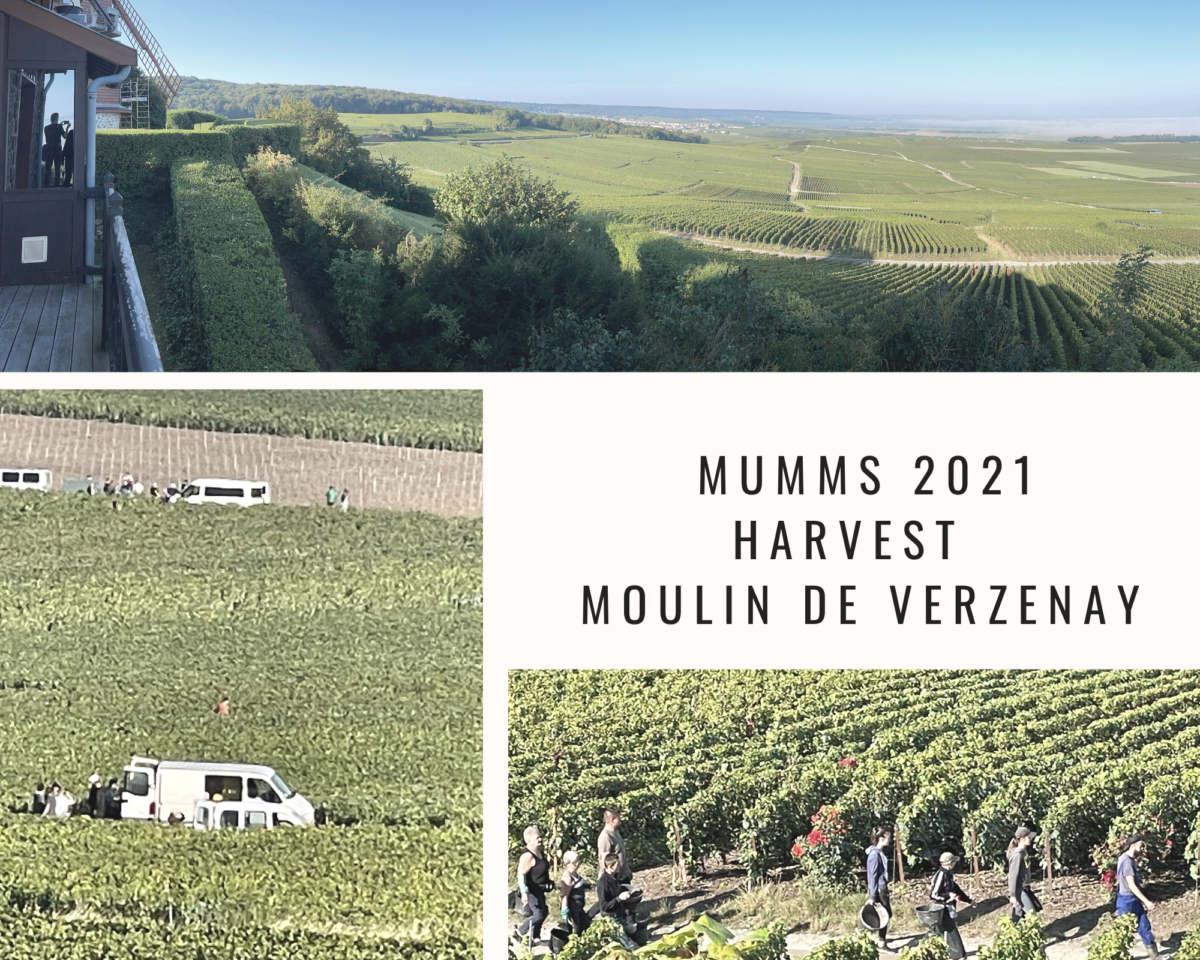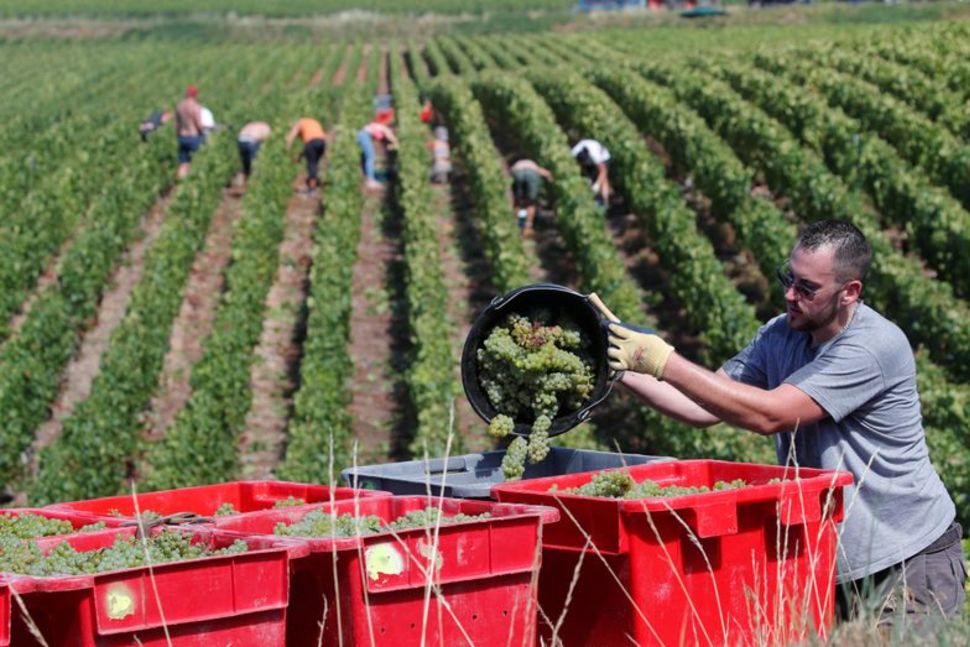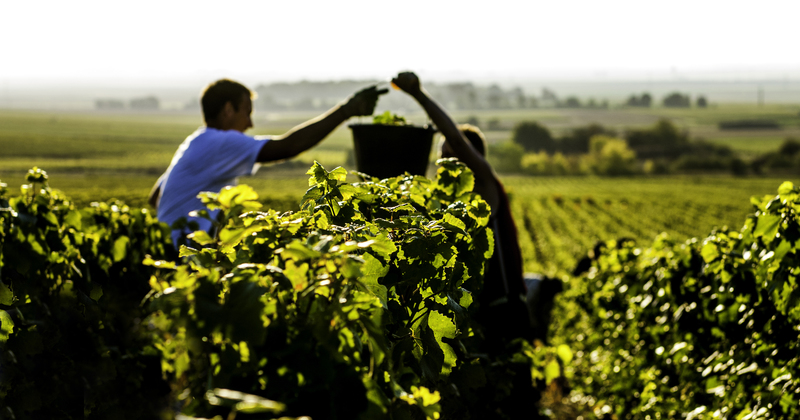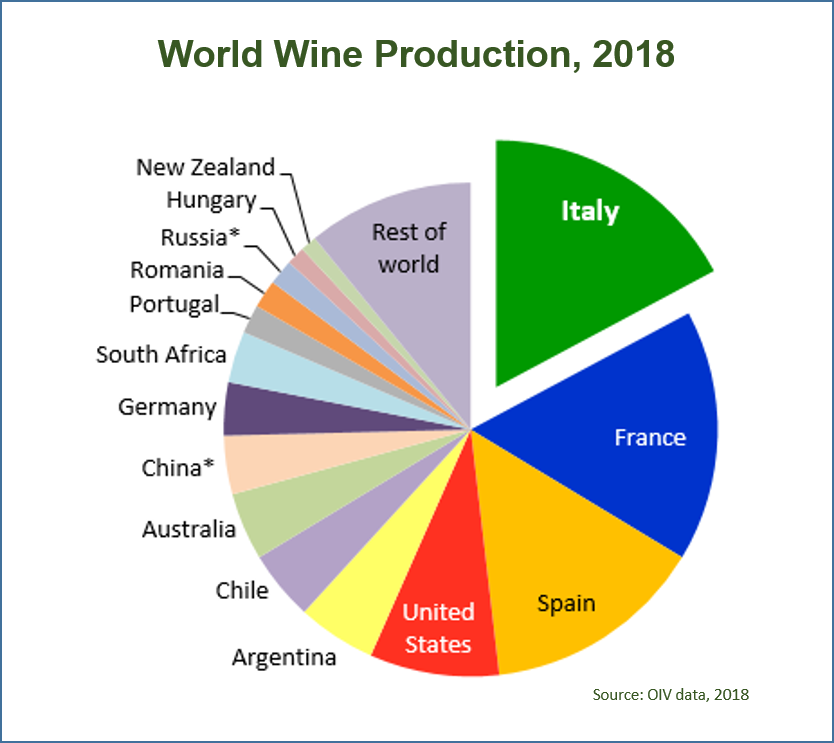I am thrilled to be a special guest this year to participate in the G.H. Mumm harvest along with British wine Journalists Jamie Goode and Giles Fallowfield. Our initial meeting was at Moulin de Verzenay and accompanying us was three of the Martell Mumm Perrier-Jouet Paris team.
Moulin de Verzenay is perched on a hill above the village of Verzenay. It’s classified as a historic monument and is the last surviving example of a 19th Century mill that once stood on the windswept Mont Rizan. G.H. Mumm took over its conservation in 1972.
We were lucky (September 17th) was a beautiful sunny day with some low-lying clouds. While we sipped our coffee, we could see the harvest in full swing from our vantage point.
There was such an impressive panorama of the grand cru vineyards and from a short distance, we can see one of Mumm’s first pressing houses.
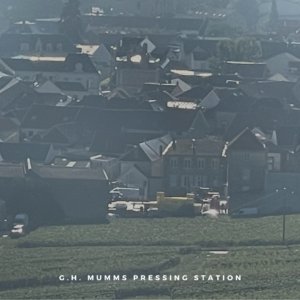
The Sustainable Viticulture Manager of Martell Mumm Perrier-Jouët, Bernard Pineau, also joined us and explained some of the experiments that he and his team are conducting with regenerative agriculture.
Bernard says: “Regenerative farming involves agroecology, agroforestry, permaculture…, and “we have moved away from chemicals. Weed control and systematic treatments are over. It’s now all about observation”
Continues …Part ll….Into the Vineyards with Bernard Pineau, the head of sustainable winegrowing at Martell Mumm Perrier-Jouët
#france #champagne #mumm #mummchampagne #moulin #vineyard #architecture #winery #verzenay #routeduchampagne #history #harvest #wineharvest #moulindeverzenay #montagnedereims #mumm #cordonrouge #maisonmumm #ghmumm #pinotnoir #vineyards #grandcru #pinotmeunier #chardonnay #champagne #champagnelovers #winelover #winetourism #wineexperience #winetravel #winelovers #winedestinations #vendange #winehistory
La Champagne commence sa vendange !⠀
